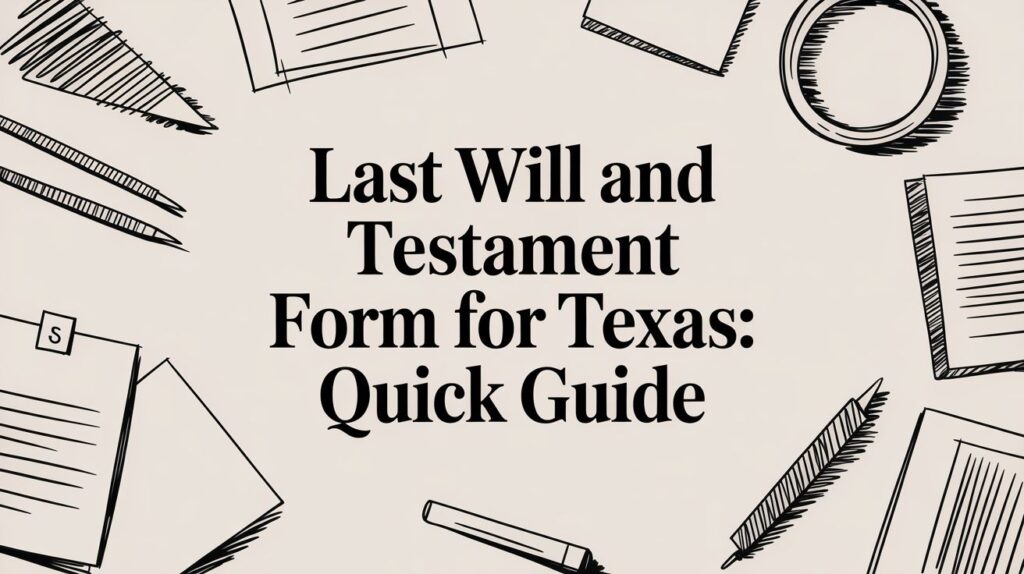Managing estate assets in Texas can be a complex endeavor, especially when navigating the intricate processes of debt repayment and tax obligations before distributing assets to beneficiaries. In the Lone Star State, as in many jurisdictions, ensuring that debts are settled and taxes are paid appropriately is crucial to fulfilling the wishes of the deceased and safeguarding the interests of the beneficiaries.
This introductory essay aims to illuminate the multifaceted nature of managing estate assets in Texas, emphasizing the paramount importance of prioritizing debt repayment and fulfilling tax obligations before beneficiaries can receive their rightful share. By delving into the legal framework governing estate administration in Texas and highlighting the various considerations involved, individuals tasked with managing estate assets can better understand their responsibilities and the steps necessary to navigate this process effectively.
Throughout this exploration, it becomes evident that seeking professional guidance from experienced attorneys and tax advisors is indispensable. Given the intricate nature of estate administration and the potential legal and financial implications involved, relying on the expertise of knowledgeable professionals can help ensure compliance with Texas law, minimize risks, and ultimately facilitate the smooth and equitable distribution of assets to beneficiaries.
Inventorying Estate Assets and Liabilities
When managing an estate, inventorying assets and liabilities is a crucial first step. This task is often the foundation upon which the entire estate administration process is built, whether the estate is small and straightforward or large and complex. Understanding how to accurately inventory estate assets and liabilities can prevent legal issues, ease the distribution process, and ensure that the decedent’s wishes are fulfilled. Estate administration involves the comprehensive management and distribution of an individual’s assets, properties, and interests at death. Assets within an estate can take various forms, including real property, personal property, and financial assets like bank accounts, stocks, bonds, retirement accounts, and life insurance policies. Accurate identification and documentation of each asset is crucial to ensure everything is noticed during the administration process.
Estate liabilities encompass outstanding debts or obligations the deceased owes at the time of their death, such as mortgages, credit card debts, personal loans, medical bills, tax obligations, and other financial liabilities. A comprehensive inventory of estate assets and liabilities serves several purposes, including assessing the estate’s overall value, preventing oversight or omission of assets or liabilities, providing transparency and accountability, and ensuring access to accurate information about the estate’s financial status for all interested parties.
Steps in Inventorying Estate Assets and Liabilities
Inventorying an estate can seem daunting, but breaking the process down into manageable steps can make it more approachable.
1. Gathering Documentation
The first step in inventorying an estate is gathering all relevant documents. This includes:
- Wills and Trusts: These documents will guide you on how the decedent intended their assets to be distributed.
- Bank Statements: These will show the balance of any accounts and help track down other assets like certificates of deposit (CDs).
- Investment Portfolios: Records of stocks, bonds, mutual funds, and other investments are necessary to determine their value.
- Real Estate Deeds: These will prove ownership and help determine the value of any property.
- Insurance Policies: Life insurance policies, as well as any policies covering real estate or other property, need to be included.
- Debts and Liabilities: Collect records of any outstanding debts, such as mortgages, car loans, credit card debts, and any other liabilities.
2. Identifying and Valuing Assets
Once you have all the necessary documents, you need to identify all the decedent’s assets. Assets can be categorized as follows:
- Tangible Personal Property: This includes items like furniture, vehicles, jewelry, and other personal belongings. Each item should be listed with its estimated value. Appraisals may be necessary for high-value items.
- Real Estate: All property owned by the decedent, including homes, land, and rental properties, should be included. The value can be determined by recent appraisals or by using the fair market value.
- Financial Assets: This category includes bank accounts, retirement accounts, stocks, bonds, and other investments. You’ll need to determine the value of these accounts as of the date of death.
- Business Interests: If the decedent owned a business, this can be one of the most complex assets to value. You may need to hire a professional appraiser or accountant to determine the business’s worth.
- Digital Assets: In today’s world, digital assets such as cryptocurrency, online bank accounts, and even social media accounts can have significant value. Ensure these are included in your inventory.
3. Identifying Liabilities
The next step is to identify all of the decedent’s liabilities. This includes:
- Mortgages and Home Equity Loans: Any debt secured by real estate must be included in the inventory.
- Credit Card Debt: This is typically one of the more straightforward liabilities to document.
- Personal Loans: Include any outstanding loans, whether from financial institutions or private lenders.
- Taxes Owed: This can include income taxes, property taxes, and any other taxes that were due but unpaid at the time of death.
- Other Debts: This category can include medical bills, unpaid utilities, and any other outstanding obligations.
4. Calculating the Net Worth of the Estate
Once you’ve identified all assets and liabilities, the next step is to calculate the estate’s net worth. This is done by subtracting the total liabilities from the total assets. The result is the net value of the estate, which is critical for determining the distributions to beneficiaries and understanding the tax implications.
Prioritizing Debt Repayment
Estate administration in Texas involves the orderly repayment of debts and obligations left by the deceased individual. Executors, administrators, and other parties involved in estate administration must understand the legal order of debt repayment to ensure they compensate creditors while preserving the remaining assets for distribution to beneficiaries.
The legal order of debt repayment in Texas follows a hierarchy, with certain debts given priority over others. Secured debts, backed by collateral, take precedence and must be satisfied before unsecured debts. Examples of secured debts include mortgages, car loans, and secured personal loans. Failure to repay secured debts may result in the loss of the underlying collateral.
Administrative expenses, such as attorney fees, executor fees, court costs, and asset management and distribution expenses, also hold priority status. Funeral expenses and costs related to the deceased’s final illness or medical care often take priority as debts. After paying secured debts and administrative expenses, creditors address unsecured debts like credit card debts, personal loans, medical bills, and utility bills.
Failure to prioritize debt repayment can seriously affect the estate administrator and beneficiaries. Executors or administrators can personally incur liability for losses or damages. Meanwhile, beneficiaries may experience delays or reductions in their distributions if they do not promptly address estate debts and follow legal requirements.
Understanding and Addressing Tax Obligations
Texas estate administration involves addressing debts, tax obligations, and property taxes. Depending on the estate’s value and applicable laws, estate taxes may apply at the federal or state level. Federal estate taxes apply to estates exceeding the exemption threshold, while Texas does not impose tax. Proper accounting and reporting of estate income are necessary to ensure compliance with tax laws.
You must also address the proper property taxes on real estate owned by the estate. Local taxing authorities assess property taxes based on the property’s appraised value. Executors or administrators are responsible for paying these taxes to avoid penalties or foreclosure.
Calculating and filing estate tax returns is crucial, as failure to comply can result in penalties and legal consequences. Minimizing estate tax liabilities is a key objective for estate administrators, and strategies for reducing taxes include using exemptions, deductions, and tax-saving vehicles like trusts. Proper estate planning can maximize tax efficiency and preserve assets for distribution to beneficiaries.
Navigating tax obligations during estate administration requires careful planning, attention to detail, and compliance with laws and regulations. Executors or administrators should work closely with tax professionals to minimize tax obligations. By understanding and proactively managing tax considerations, estate administrators can effectively preserve and distribute assets in accordance with the decedent’s wishes and legal requirements.
Distributing Assets to Beneficiaries
In Texas, the final step in managing estate assets is distributing the remaining assets to beneficiaries, following the legal framework outlined in the decedent’s will or Texas law if the decedent died intestate. The decedent’s will governs the legal framework, designating beneficiaries and specifying how to distribute the decedent’s assets. If the decedent died intestate, Texas intestacy laws dictate the distribution of assets among surviving relatives.
Identifying and notifying beneficiaries is crucial. Executors or administrators must locate and communicate with all beneficiaries named in the will or identified through intestacy laws. Challenges may arise during the distribution process, particularly where beneficiaries dispute the terms of the will. Executors or administrators carefully navigate these challenges, meeting all legal requirements and distributing the estate according to the decedent’s wishes or applicable laws.
Finally, finalizing all outstanding debts, taxes, and administrative tasks is essential before distributing assets to beneficiaries. Failure to settle debts or taxes can result in complications and legal liabilities for the executor/administrator and the beneficiaries. By completing all necessary tasks, executors or administrators can ensure a smooth transfer of estate assets to beneficiaries.
Conclusion: Managing Estate Assets in Texas
In conclusion, managing estate assets in Texas requires meticulous attention to detail, adherence to legal requirements, and ethical decision-making. By prioritizing debt repayment, addressing tax obligations, and seeking professional guidance, estate administrators can navigate the complexities of estate administration with confidence and diligence. They can ultimately fulfill their fiduciary duties and responsibilities while safeguarding the interests of beneficiaries and preserving the legacy of the deceased.








